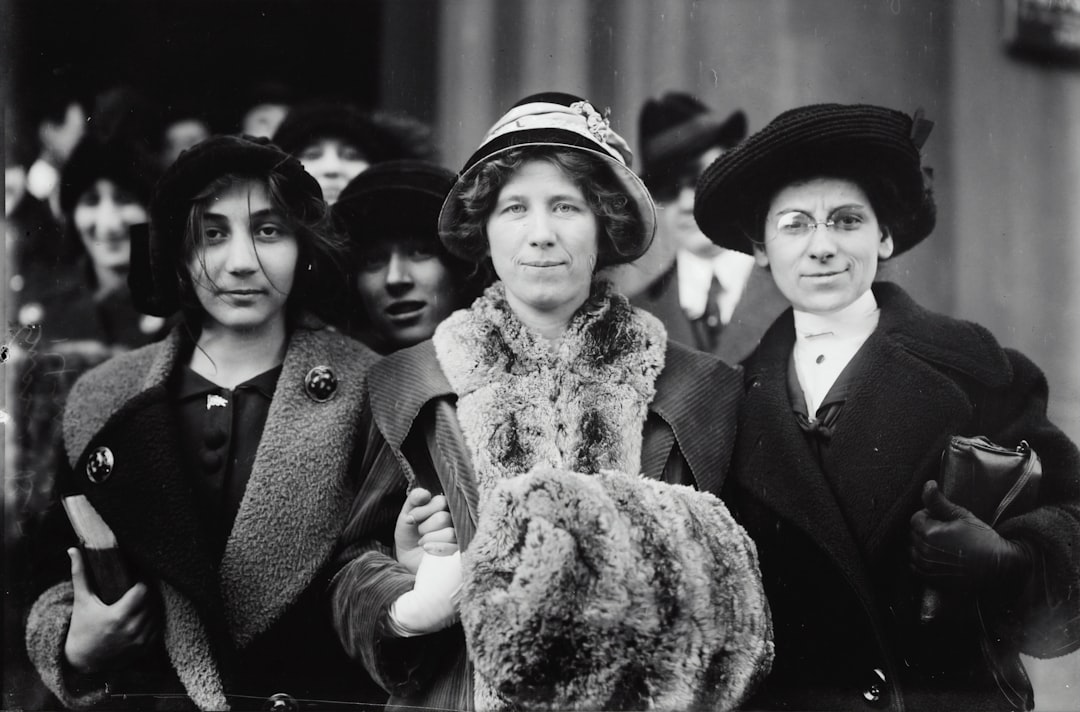What is it about?
This article clarifies the contribution of José Celestino Mutis' (1761-1808) to the dissemination of Newtonian physics in South America during the colonial period. The article distinguishes between Enlightenment and Newtonianism, in order to specify Mutis' peculiar view of Newton, not restricted to the Botanic endeavours, but encompassing his achievements in mathematics and education. At the same time, the article shows that Mutis' reading of Newton's work is informed by a variety of other European Newtonians, particularly of Dutch and French origins.
Featured Image

Photo by João Silas on Unsplash
Why is it important?
The article is important because it assesses Mutis' appropriation of Newton by avoiding nationalist and anachronistic views, dominant in the historiography of colonial science. At the same time, the article depicts a complex and rich background to Mutis' appropriation of Newton by identifying for the first time Mutis' manuscript translations of Dutch and French works. Instead of focusing on the pictures and vicissitudes of the Royal Botanic Expedition, this paper locates Mutis' botanical researches in the context of his general appropriation of Newton's experimental physics.
Perspectives
We hope this article provides new perspectives on the research on the colonial science in Colombia. This is the first of a series of articles in which we are characterising the complex and rich background of the reception of experimental sciences in New Granada.
Dr Sergio Orozco Echeverri
Universidad de Antioquia
Read the Original
This page is a summary of: José Celestino Mutis’ appropriation of Newton’s experimental physics in New Granada (1761–1808), History of Science, March 2019, SAGE Publications,
DOI: 10.1177/0073275319827203.
You can read the full text:
Contributors
The following have contributed to this page










